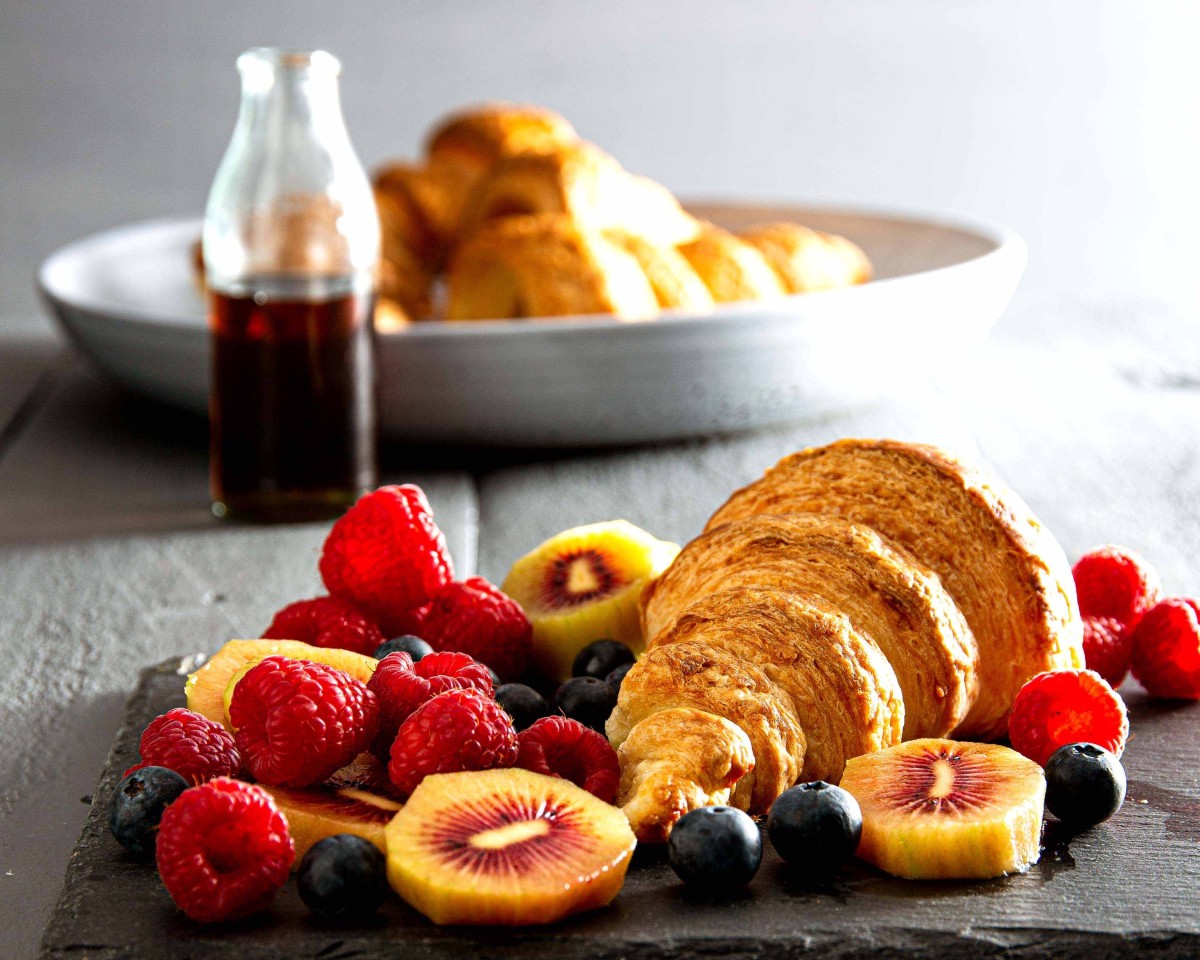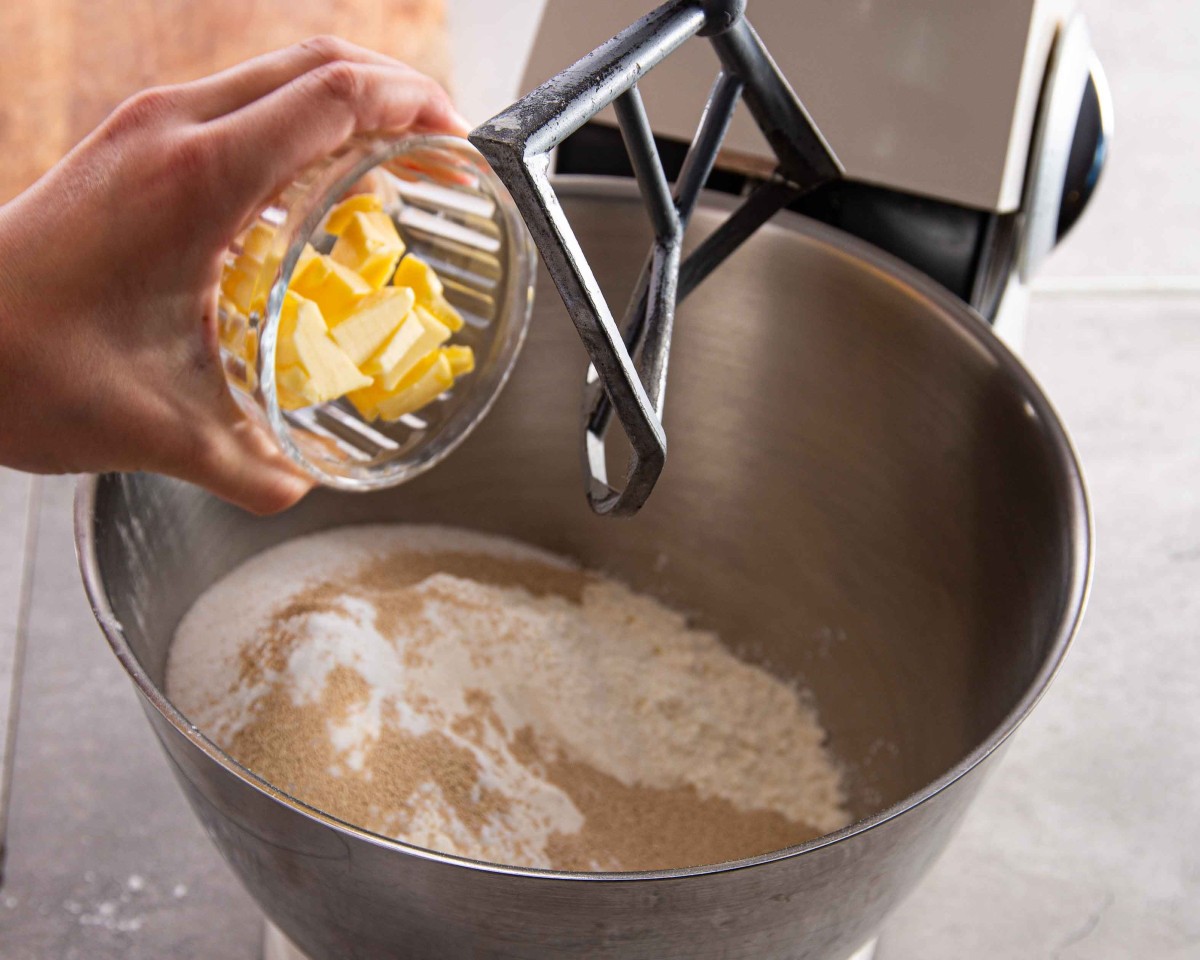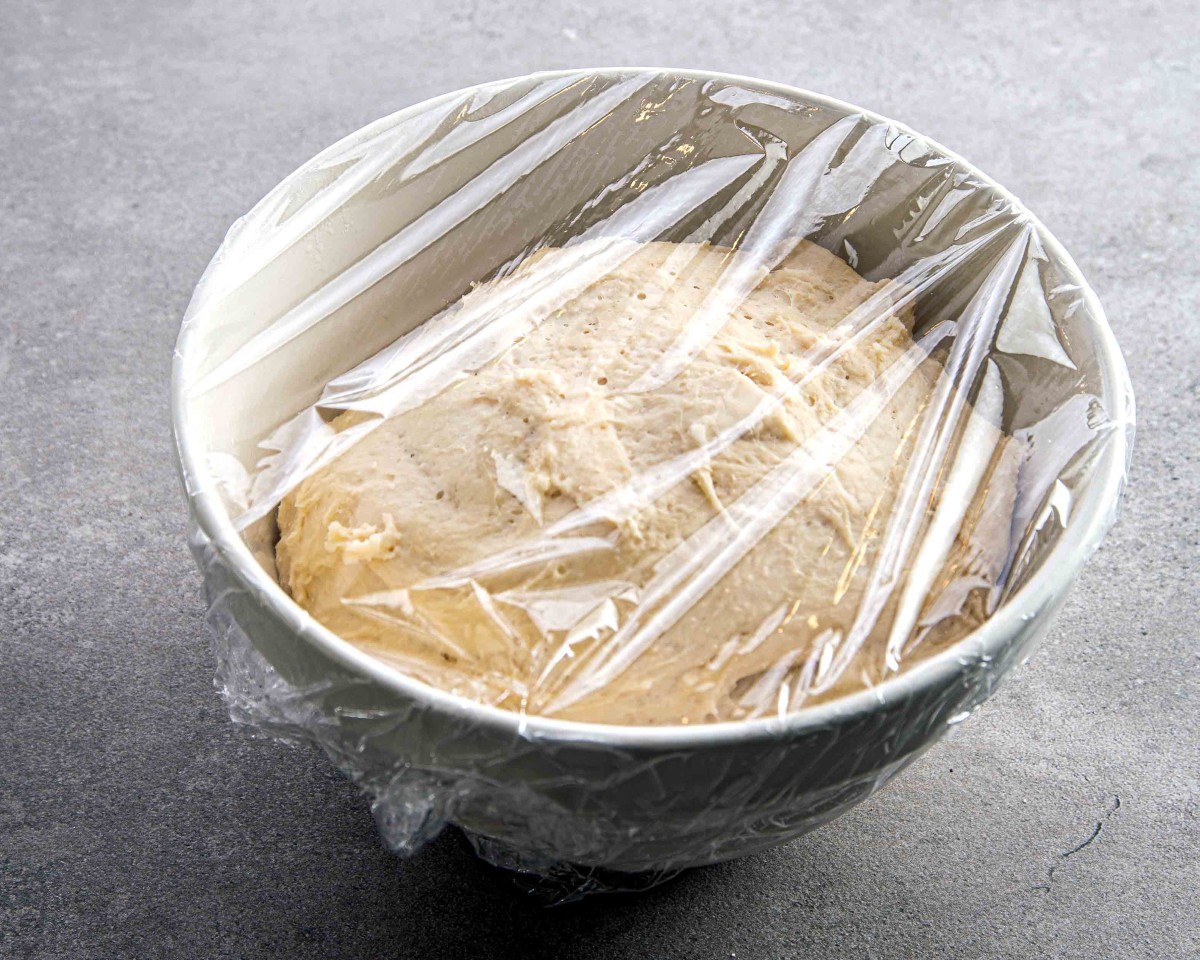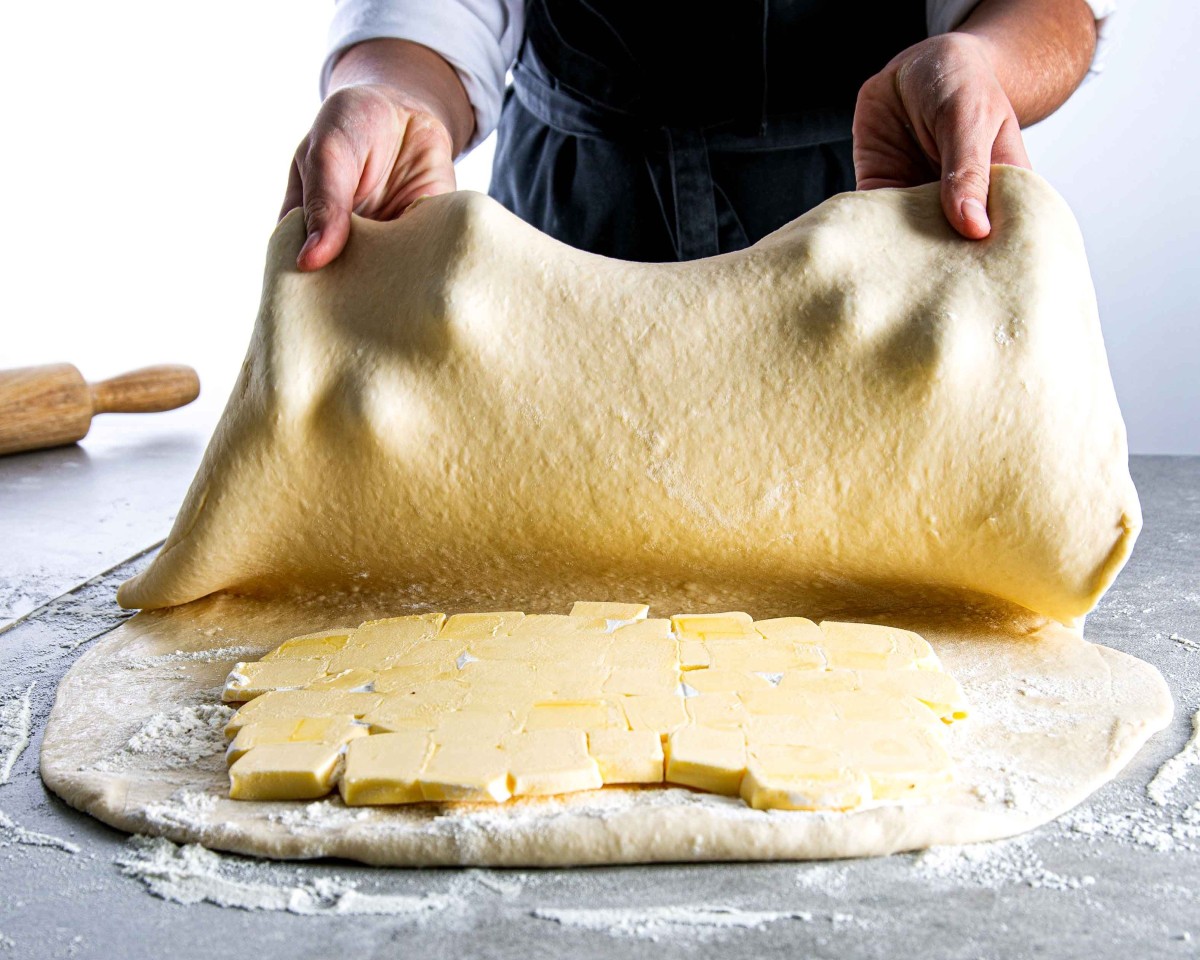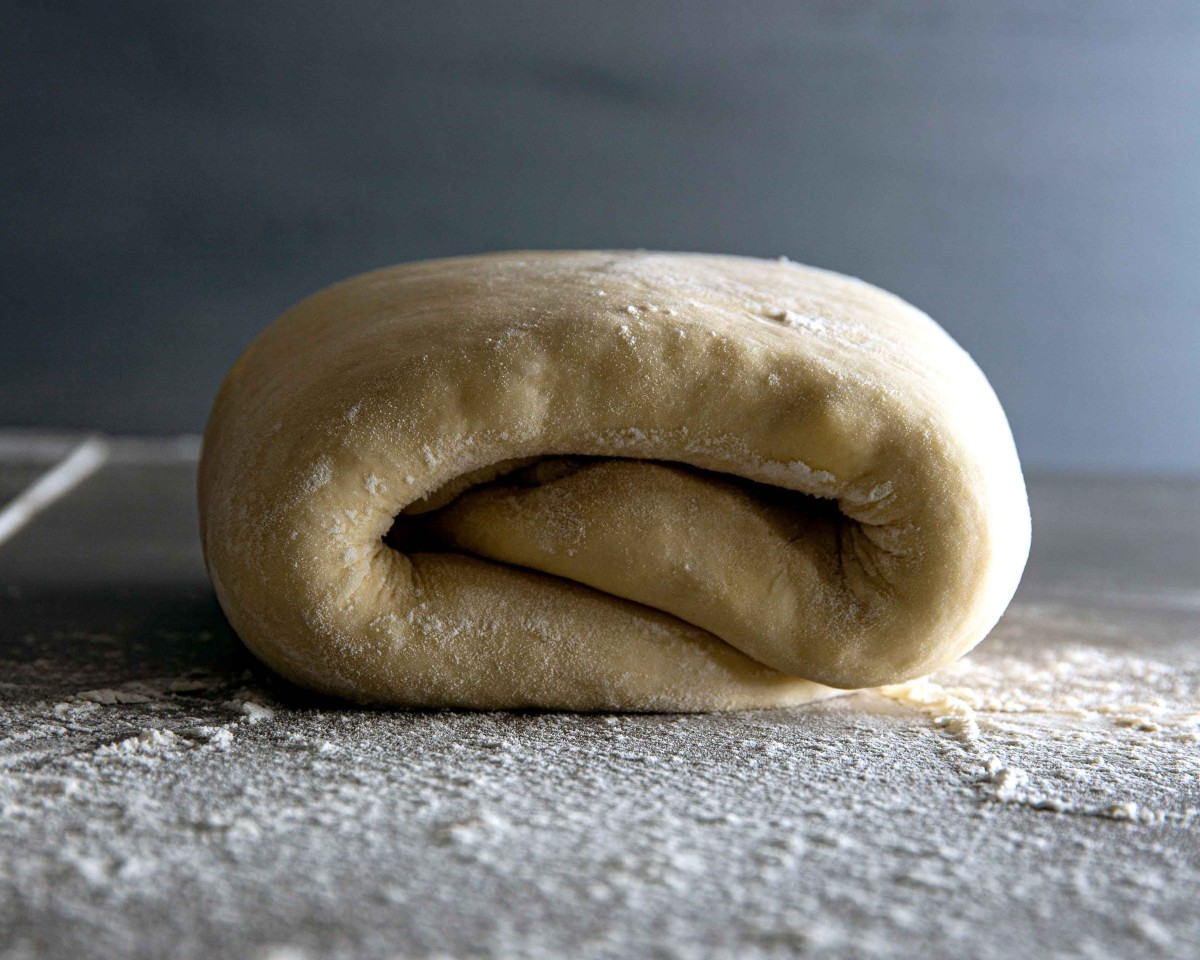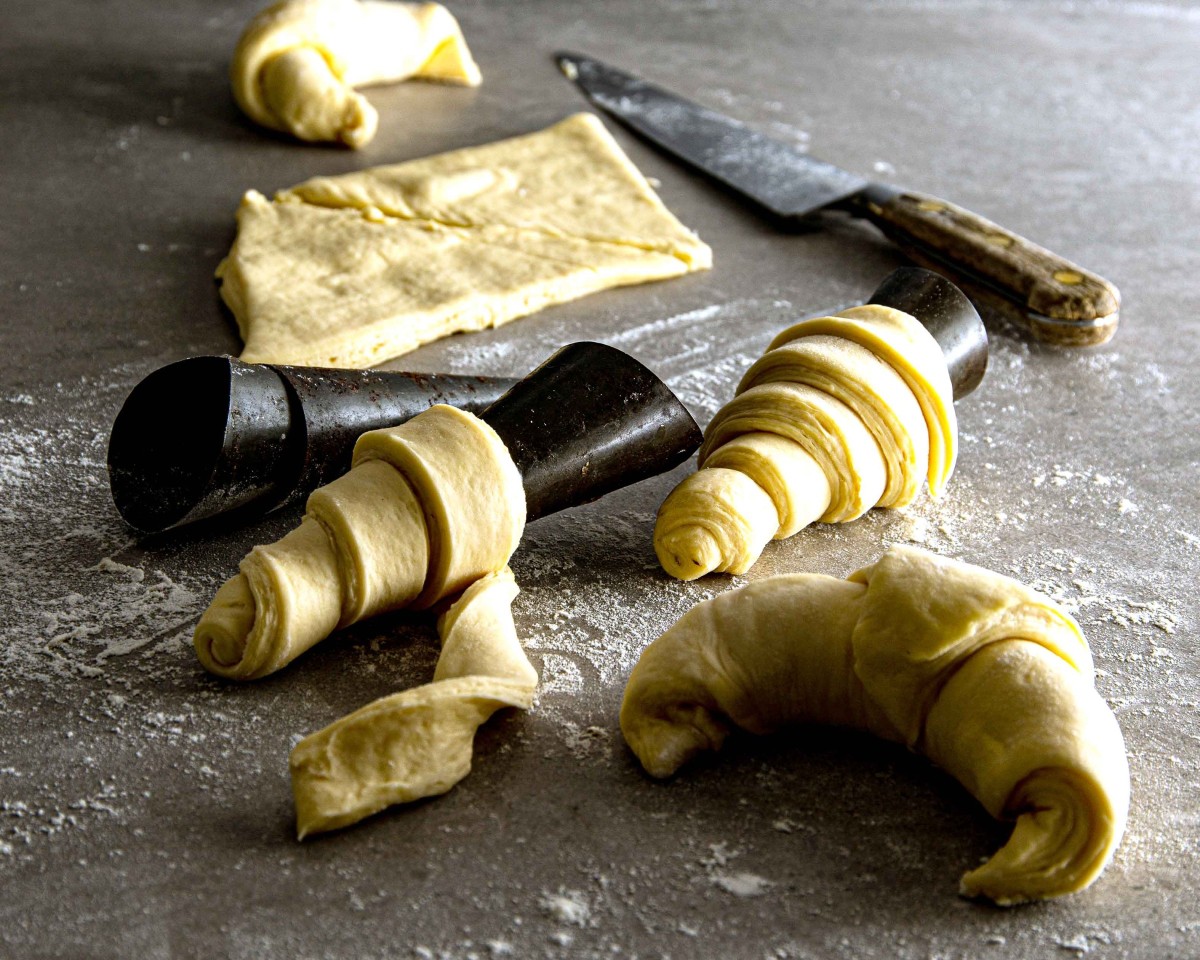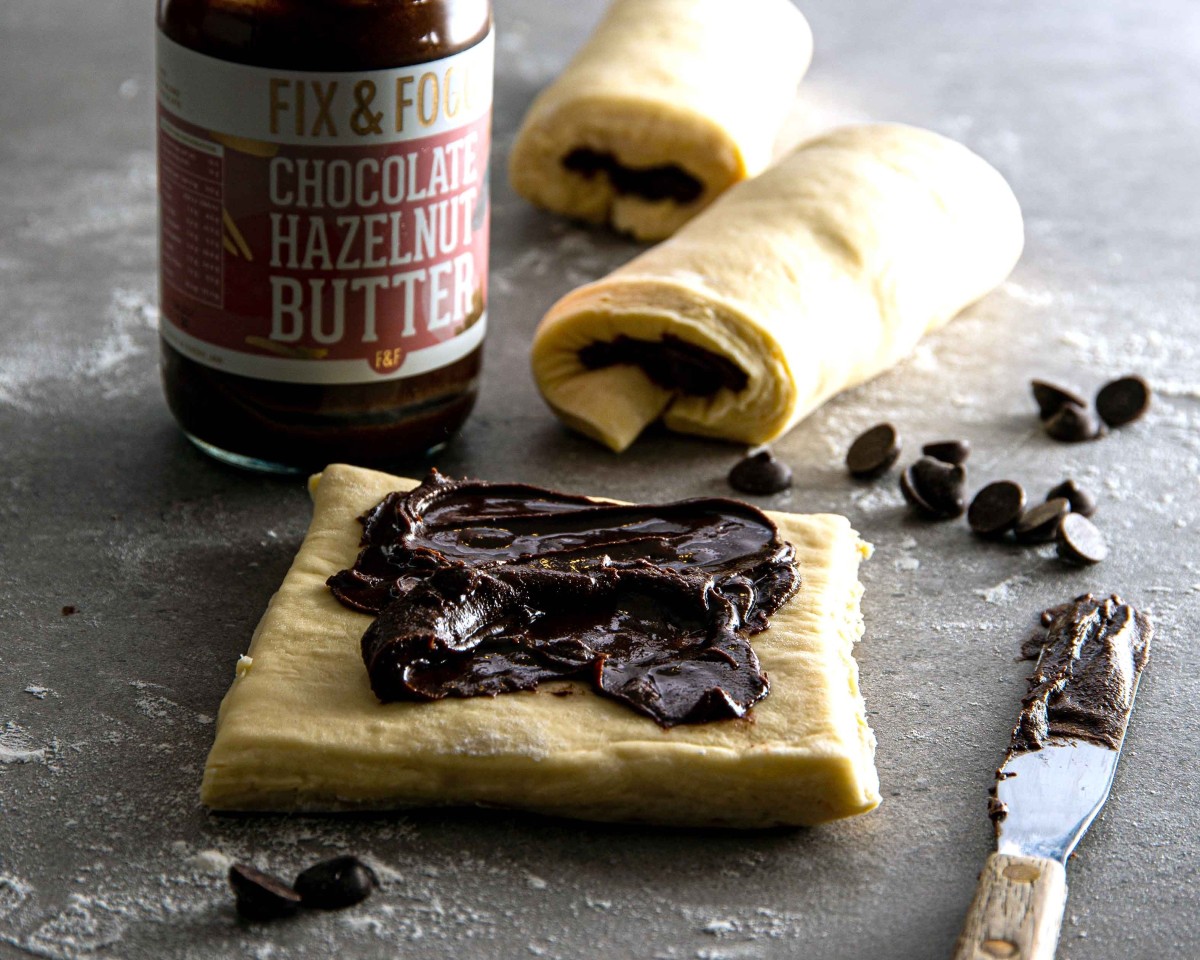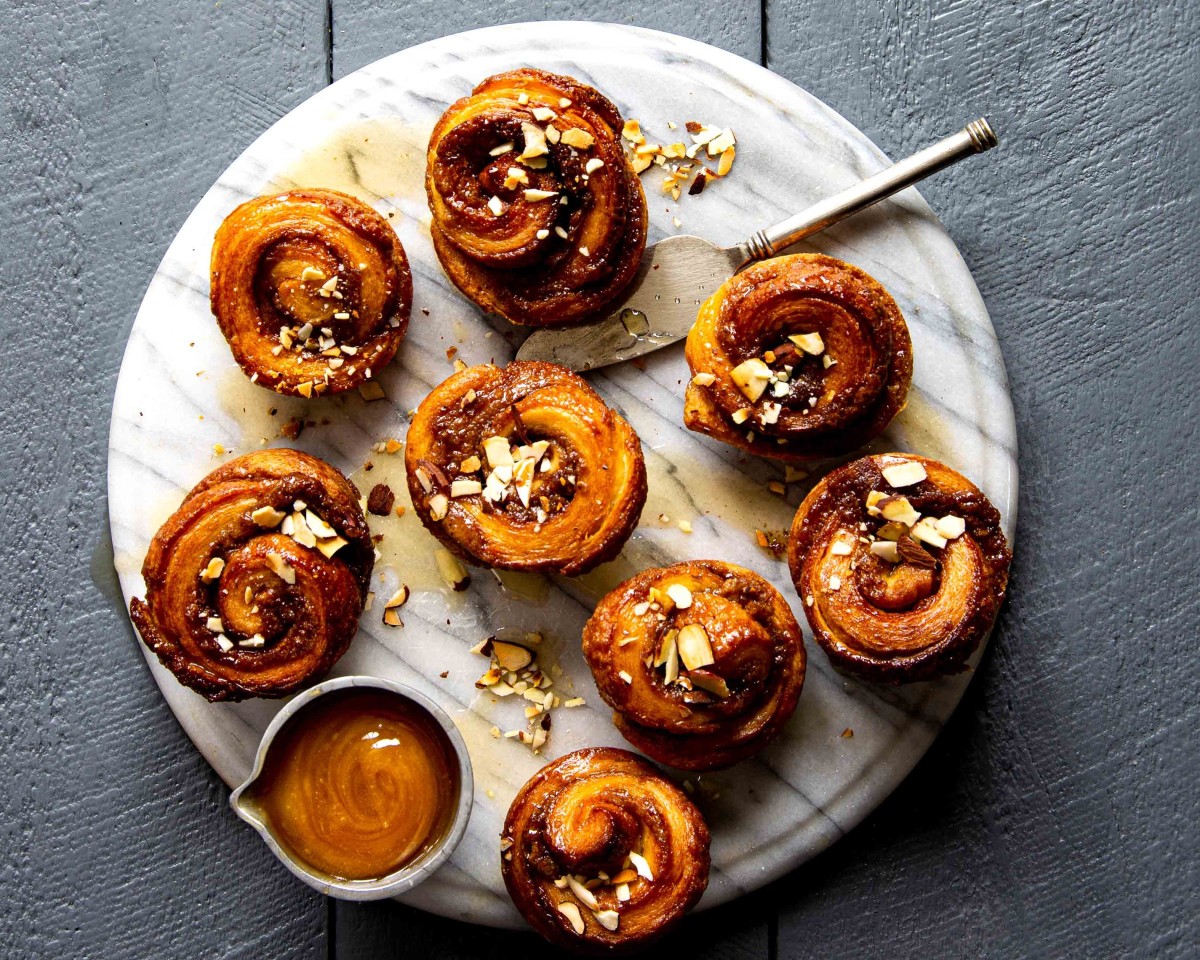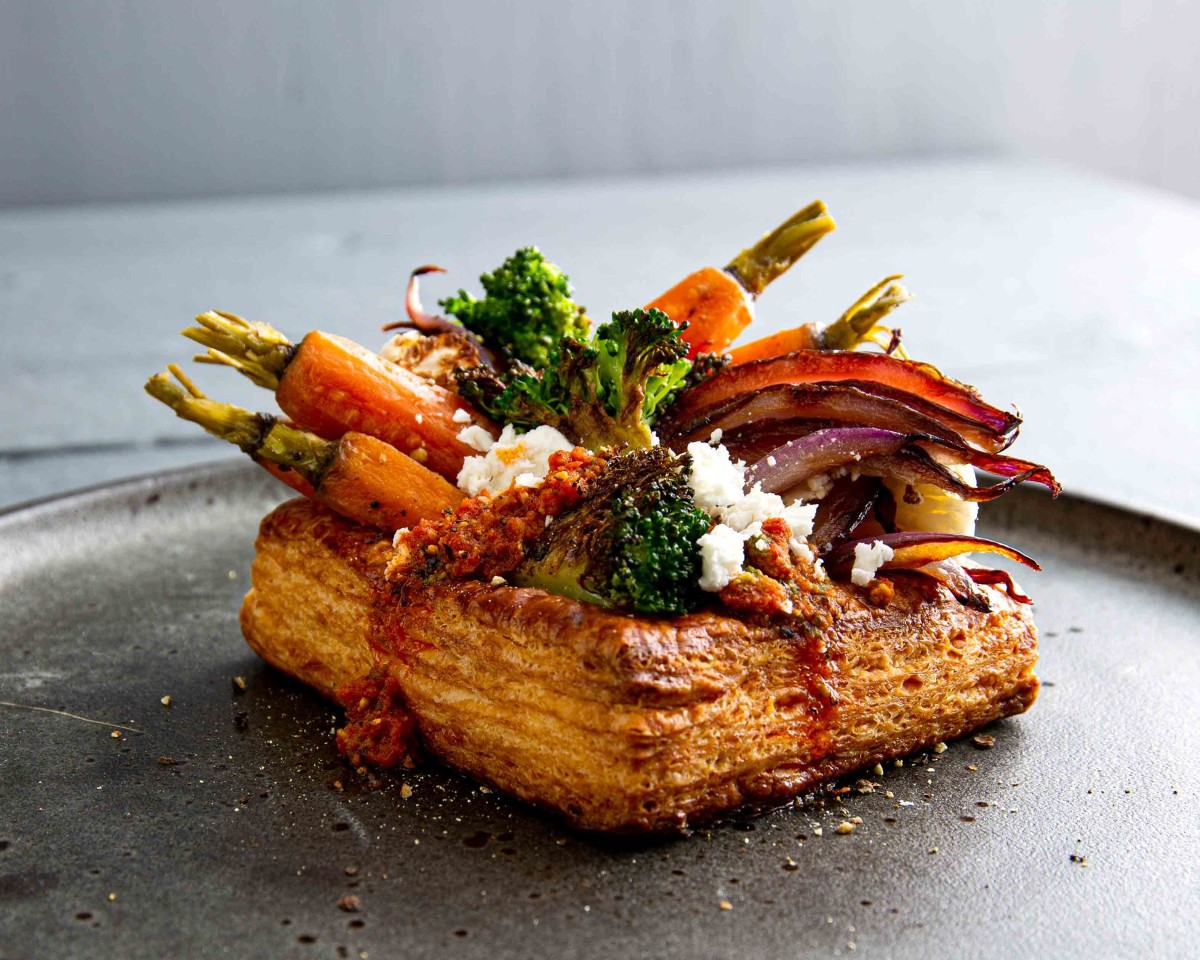Flour – use plain flour, a fresh packet, or treat yourself to bakers flour, which is higher in protein, therefore better gluten making properties. A strong gluten bond needs to be formed, so there is no way around making a gluten free option.
Yeast – A fresh yeast is always best. Yeast will expire, and quickly if isn’t kept sealed from air and in a chilled environment. Always test the yeast if unsure prior to prepping everything else. Add a teaspoon to ½ cup warm water with 1 teaspoon sugar dissolved. If it hasn’t bloomed in 5 minutes, it is likely to be past its due by date.
Butter – A good NZ butter is best. Unsalted is preferable on the palate at the end, but it isn’t critical. Keep the butter chilled as best you can, and always cut into small pieces so distribution through the dough is easier.
